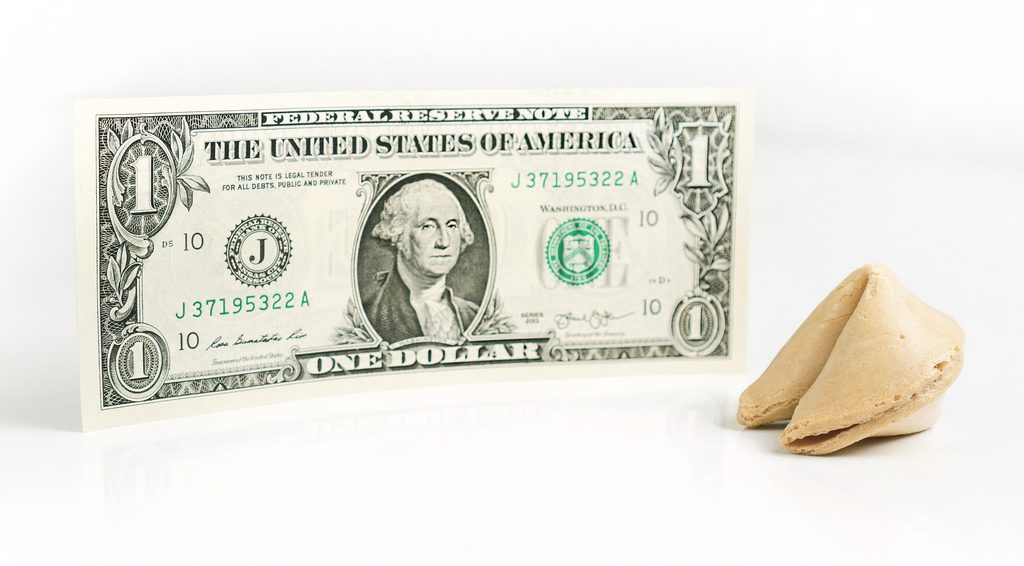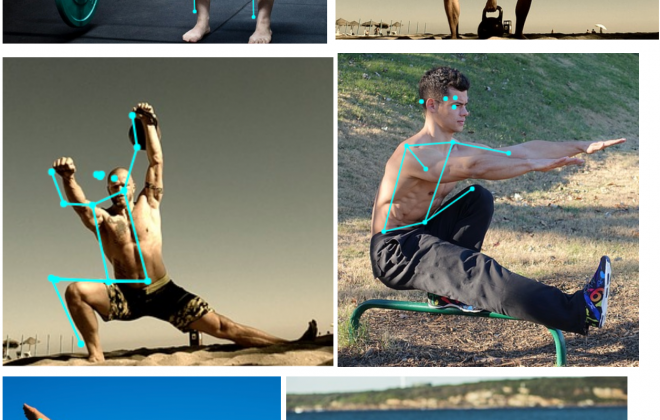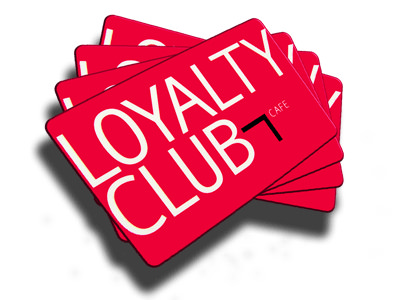Dynamic Customer Lifetime Value Prediction
Name: Dynamic Customer Lifetime Value Prediction
Challenge: Estimating future expected revenue per client
Solution: We used Google Analytics and customer purchase history data and an ensemble of linear regression models to predict future customer spendings.
Technologies Used: Python, Scikit-learn, Linear Regression Models
Client: A SaaS company offering business management software to SMBs – Yocale.com
Challenge
Our client, a SaaS provider of Business Management Software (BMS), required a predictive model in order to allocate their sales and marketing budget. One of the main challenges of SaaS businesses is the uncertainty of future revenue per customer, which leads to difficulty in allocating sales & marketing expenditure on a per customer basis (customer acquisition cost).
As part of the project requirements we were required to develop a predictive model that would accurately estimate the following:
- The probability of each customer to cancel their subscription at any given point.
- The future expected revenue per customer.
By using such a predictive model, our client would be able to allocate a budget towards promotions and incentives for each specific customer based on their expected future revenue. Traditionally most marketing departments have relied on Customer Lifetime Value (CLV) to estimate the expected future revenue of their customers and accordingly budget for their customer acquisition cost. However CLV is often an average of expected revenue from all customers and the derived customer acquisition cost is therefore generic across the board.
Our client realized early on that about 20% of their customers account for nearly 80% of their revenue. Therefore utilizing a predictive model to identify and accordingly budget for the CAC of these heavy lifters could significantly improve their bottom line.
Solution
We leveraged the client’s Google Analytics and CRM data to put together a dataset representing all customer visits, purchase history, conversion tunnel and retention metrics. This data was then fed into an ensemble of linear regression models to predict the retention probability and estimate the future spendings of every customer. After proper data processing and model tuning we were able to achieve an accuracy rate of +/-7% on validation dataset.
Result
Our client has integrated this model into their sales and marketing pipeline. They have noticed substantial improvements both on their customer retention and marketing expenditures.





